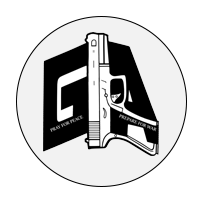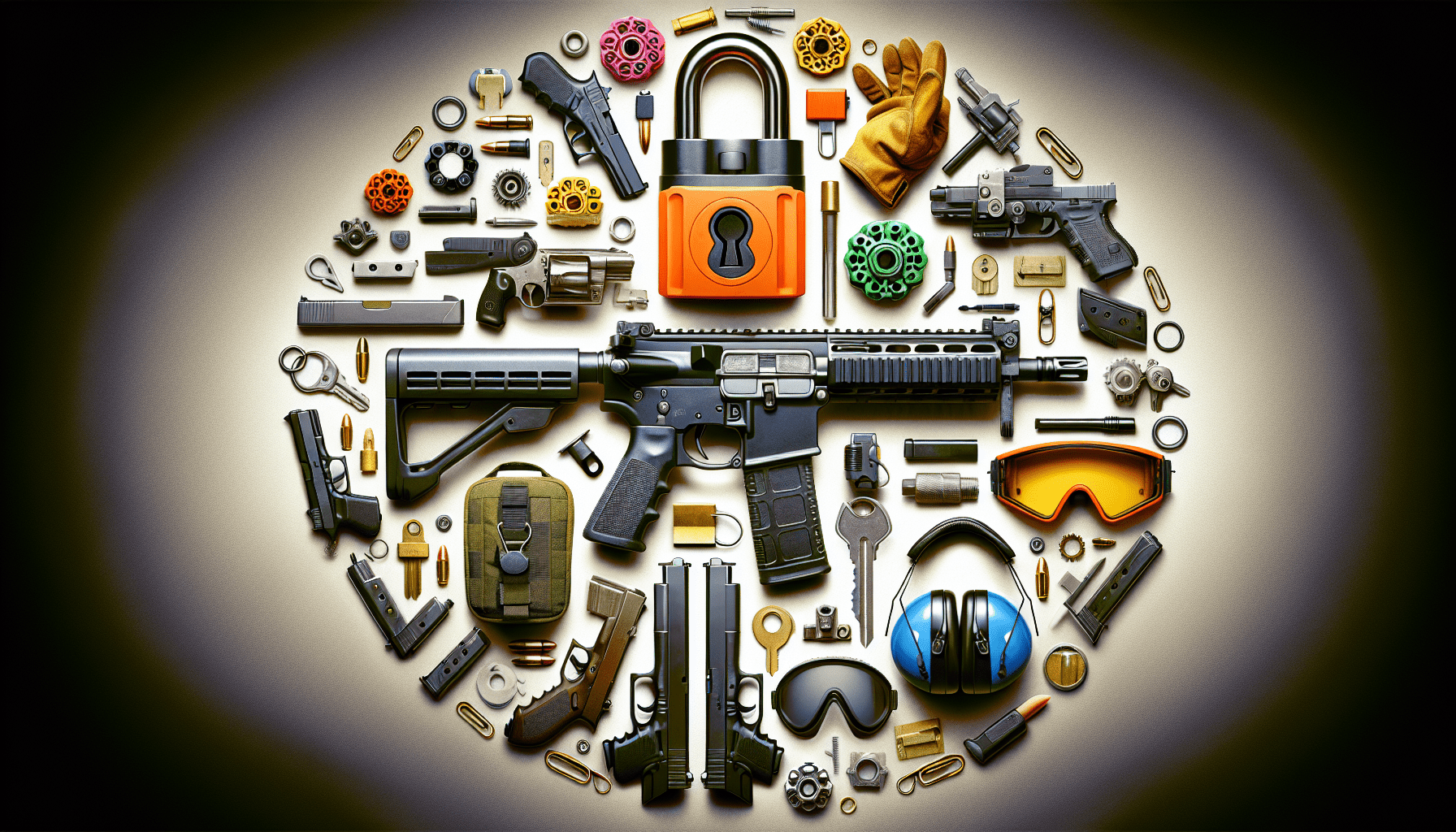Have you ever wondered about the essentials of gun safety and how they apply to everyday life? Recognizing and addressing gun safety concerns is crucial, whether you’re a seasoned firearms enthusiast or just starting to explore this area of interest. Though it can seem daunting, understanding gun safety is not only vital from a legal perspective but also plays a critical role in protecting yourself and others.
Understanding Gun Safety
Before diving into specific tips, it’s important to grasp what gun safety truly involves. Essentially, gun safety revolves around preventing accidents, mishaps, and misuses. It includes proper handling, storage, and mental preparation for owning or using a firearm. It’s not just about knowing how to shoot; it’s about ensuring that you and those around you are safe, whether on the range or at home.
The Importance of Safety Education
Safety education creates a foundation for responsible firearm use. Many incidents occur due to a lack of knowledge or negligence. By educating yourself, you minimize the risk not only for yourself but also for those around you. Training programs, like those offered at Green Line Arms in Pensacola, Florida, are designed to enhance your understanding and competence.
The Four Basic Rules of Gun Safety
These are your bread and butter, the non-negotiables of handling firearms:
-
Treat Every Gun as if It’s Loaded: Never assume a gun is unloaded. Mishaps often arise from unexpected discharges because someone thought a gun was empty.
-
Never Point a Gun at Anything You’re Not Willing to Destroy: Always be aware of where your gun’s barrel is pointing. A moment of inattention can lead to dire consequences.
-
Keep Your Finger off the Trigger Until Ready to Shoot: This prevents accidental firing. Only place your finger on the trigger when you have a target clearly in sight.
-
Be Sure of Your Target and What Lies Beyond It: Understand what lies in the path of your bullet. Knowing your environment minimizes risks to innocent bystanders.
Recognizing Gun Safety Concerns
Now that you’re familiar with the basics, how do you spot potential safety issues?
Signs of Poor Gun Handling
Have you ever noticed someone casually waving a gun around or ignoring basic handling rules? Poor gun handling is a red flag. Secure gun handling involves intent and mindfulness. Here are some signs to watch out for:
- Poor Muzzle Awareness: Constantly shifting the firearm with little regard for where it’s pointing.
- Trigger Discipline Issues: Keeping their finger on the trigger when not aimed at a target.
Correct these behaviors immediately by reminding them of the basic gun safety rules.
Inadequate Storage Practices
Secure storage prevents unauthorized access and reduces the risk of accidental injuries. Guns should be stored in a locked cabinet or safe. Ammunition should be kept separately, ideally locked as well. If you witness guns left unattended or within easy reach of children, this is a serious concern.
Overconfidence and Complacency
Sometimes familiarity breeds carelessness. Overconfident individuals may cut corners, believing they have everything under control. Watch for:
- Neglecting to Double-Check: Even seasoned gun owners should regularly check that a firearm is safe to handle.
- Skipping Steps: Rushing through safety procedures thinking they’re unnecessary due to experience.
Behavioral Red Flags
Is someone exhibiting erratic behavior or distress while handling firearms? Their mental state should always be considered. It’s better to be cautious and address these concerns directly, encouraging them to take a step back if necessary.

Addressing Gun Safety Concerns
Having identified potential issues, how do you address them constructively?
Open Communication is Key
Sometimes, a simple conversation can correct unsafe behavior. Approach discussions with understanding. You might say, “I noticed your finger resting on the trigger earlier when it shouldn’t have been. Let’s be careful with that.”
Educating Others
Share your knowledge tactfully. Suggest resources or invite them to safety courses. Mention places like Green Line Arms, where professional guidance can foster safer habits.
Lead by Example
Demonstrate safe practices yourself. By consistently adhering to safety protocols, you set a behavioral standard for others. People are more likely to follow suit if they see someone else demonstrating the importance of safety.
Encourage Training and Certification
Regular training can reinforce good habits and correct bad ones. Encourage friends or family to attend safety courses or certification programs. At facilities like Green Line Arms, expert instructors provide valuable insights into becoming more responsible gun owners.
Implementing Personal Safety Protocols
Creating your personal safety checklist can minimize risks:
- Routine Checks: Regularly check that all safety measures are in place.
- Situational Awareness: Always be conscious of your surroundings and who is nearby when handling firearms.
- Scheduled Maintenance: Ensure your gun is in good working order through routine cleaning and checks.
Promoting a Culture of Safety
Fostering a culture where safety is prioritized can gradually change minds and behaviors. Encourage others to take gun safety seriously, creating a ripple effect throughout your community.
Utilizing Resources at Green Line Arms
For more comprehensive training, consider visiting Green Line Arms. They offer advanced training programs and simulation experiences tailored to various needs, whether for seasoned enthusiasts or newcomers. Their virtual shooting range provides safe yet realistic environments to hone your skills, while their experienced instructors can address specific safety concerns personalized to your experience level.
Conclusion
Emphasizing safety when it comes to firearms is not just best practice—it’s a responsibility. Whether educating yourself and others, or implementing secure storage and handling methods, every action contributes to a secure environment. Remember that gun safety starts with you and can extend all the way to influencing the broader community.
As you reflect on these strategies, make sure to continually practice vigilance. By doing so, you embrace the true essence of responsible gun ownership. Do you have any safety tips or personal experiences to share? Engaging in open discussions can further enhance collective understanding and safety measures, supporting a community where everyone feels secure.
For more tips and guidance on responsible gun ownership, consider visiting Green Line Arms at 1350 South Blue Angel Pkwy, Pensacola, Florida, or check out their resources online. Stay safe, and remember the importance of always being prepared.




